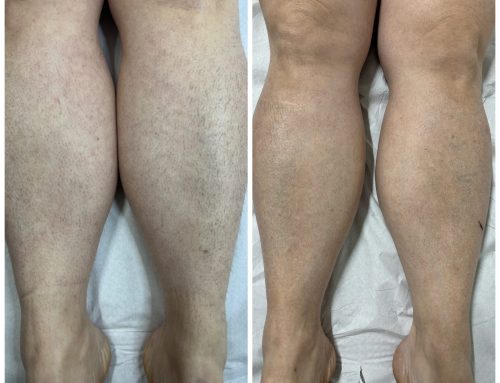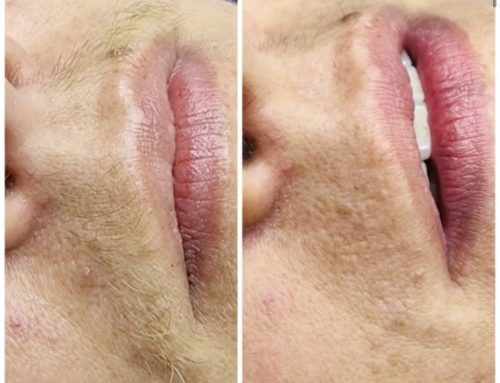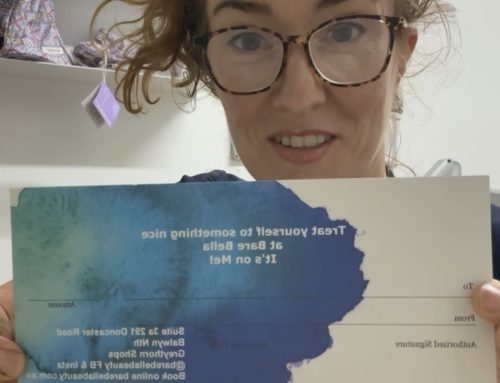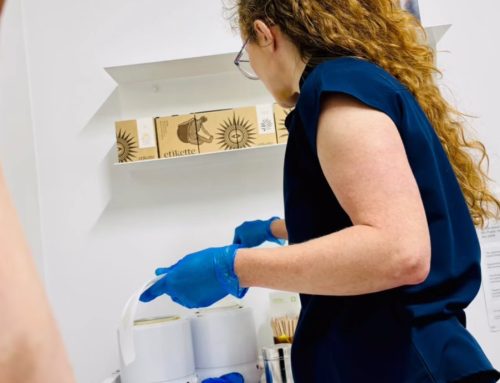What is a skin peel?

Skin peeling is an accelerated exfoliation of the skin induced by exfoliating agents such as glycolic acid, salicylic acid and fruit enzymes. The depth and results of the peel depends on the strength of the chemical agents used, the type of active ingredients incorporated into the peel, the skin type and the skill of the operator.
Superficial peeling agents cause an increased slough of the outer layers of the skin resulting in a mild to moderate peeling. The superficial peeling will result in skin renewal with the reduction or disappearance of sun damage, pigmentation, acne lesions, fine lines and wrinkles.
Moderate and deeper peels cause removal of the top layer of the skin, inflammation and regeneration of the lower layers. Downtime is more pronounced. With all chemical peels, extreme caution must be taken with homecare to avoid any complications. Deep chemical peels are performed by a medical professional as these may require prescription medications and pain relief. As you can see peels can vary greatly in strength, down time and results. With new technologies such as laser resurfacing, radio frequency and skin needling, the tradition deep medical chemical peels are rarely used today. This is due to the potential side effects and possible skin complication such as hypo pigmentation, permanent skin sensitivity and skin scarring that can occur from these deep resurfacing peels.
Skinstitut peels are made from a variety of potent cosmedical skincare ingredients such as botanical vitamin A, fruit acids and enzymes.
How much down time is there?
This will depend on the type of peel used, the condition of the skin, medication taken and general health and well-being. Certain medications and health issues may be a contra indication to a chemical peel as they can increase adverse side effects.
Mild redness, inflammation, mild to moderate peeling is a usual for 1 – 5 days post peel. The stronger the peel, the more intense the redness, peeling and downtime.
How many treatments will I need?
A skincare consultation is essential prior to a chemical peel to determine the most suitable type of peel and the recommended frequency of treatment. Usually anything from 1 – 6 peels may be recommended.
Do I need to use special products at home?
For the majority of chemical peels, it is essential to thoroughly prepare the skin at home by using good quality skincare products. Skinstitut homecare products are recommended to use at home to maximise skincare results and minimise any adverse reactions pre and post peel such as hyper pigmentation.

How do I know which peel is best for me?
There are a variety of different peels available, some more intense than others. The choice of peel is dependent on the specific skin concern, skin colour and the health of the skin. A qualified Skinstitut expert will advise you which peel is the most appropriate for you.
Types of Skinstitut Peels:
• AHA Enzyme Peel
A gentle micro exfoliating treatment with vitamin B3 and papaya enzymes designed to
soothe, hydrate and micro exfoliate dry, flaking and
sensitive skins.
• Peel Accelerator
A vitamin, antioxidant and hydroxy acid acid peel to renew,
brighten and smooth the skin.
• Ageless Peel
A revolutionary cosmedical grade botanical Vitamin A , amino acid and ma encourage a revitalised, smoother and marine collagen peel to target visible signs of ageing and sun damage. Works on a trans dermal level to encourage collagen production and skin rejuvenation.
• Purple Peel
A cosmedical grade intensive skin peeling system designed to accelerate skin regeneration and resurfacing. Perfect for sun damaged skins or those in need of intense skin brightening and skin clarity.
How do I take care of my skin at home?
A personalised homecare plan will be developed by your skin specialist to ensure maximum results and minimum downtime. Soothing, antioxidant rich products are recommended to help encourage skin healing such as gentle cleanser, hydrating mist, multi active oil and Repair Balm. Exfoliating products must be avoided post peel as this could result in too much exfoliation and could lead to intense skin irritation and redness.
A freshly peeled skin will be more sensitive for 1 – 3 days post peel. It is therefore imperative to follow professional advice during this time and an ultra-gentle skincare regime must be followed.
Avoid the use of any topical products that have not been recommended for use post peel such as hydrocortisone creams, soap, tanning lotions, make up primers, hydroxy acids, retinol and prescription retinoic acid.
Direct sun exposure post peel can be extremely detrimental to the skin and can result in redness, sensitivity, hyperpigmentation and even blistering so never have a skin peel and go straight to the beach. Direct sun exposure should be avoided until the natural peeling process of the skin has stopped.
A high quality SPF 50 such as Age Defence should be used daily and a wide brimmed sun hat worn on sunny days to prevent premature ageing of the skin and further sun damage.
Due to the advancement of skincare ingredients there are a variety of different types of skin peels meaning that there really is a peel to suit all skin conditions and skin types. If you feel your skin is in need of a pick me up, a major overhaul or even just a little bit of skin rejuvenation a peel may be just what your skin needs. Your skin will thank you for it!
source: https://www.skinstitut.com/blog/post/peel-back-the-years








